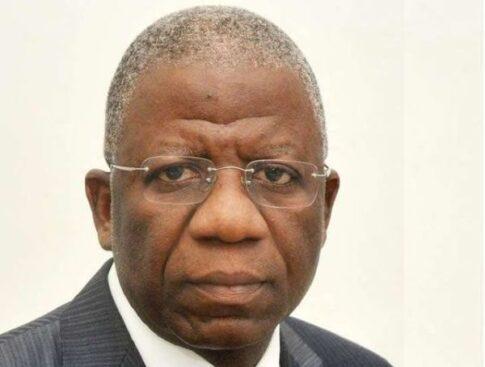In response to the need for cost-cutting measures, former president Goodluck Jonathan’s administration established the Presidential Committee on the Rationalisation and Restructuring of Federal Government Parastatals, Commissions, and Agencies in 2012.
This committee, led by retired federal civil servant and former Head of Service of the Federation, Stephen Oronsaye, produced an exhaustive 800-page report emphasizing the importance of streamlining governance.
The Oronsaye Report advocated for a leaner government by recommending the scrapping and merging of 220 out of the existing 541 government agencies at the time. If implemented, this would result in approximately 102 heads of agencies and parastatals losing their positions.

The report highlighted the issue of overlapping functions among government parastatals and agencies, recommending a reduction in statutory agencies from 263 to 161. It proposed abolishing 38 agencies, merging 52, and reverting 14 to departments within ministries.
Additionally, the report called for a management audit of 89 agencies to capture biometric features of staff and suggested discontinuing government funding of professional bodies/councils.
Oronsaye estimated that if the recommendations were implemented, the government could save over N862 billion between 2012 and 2015. This included reductions from agencies proposed for abolition, mergers, professional bodies, universities, polytechnics, colleges of education, and boards of federal medical centers.
READ ALSO: BREAKING: FG To Merge EFCC, ICPC, CCB As Tinubu Orders Implementation Of Oronsaye Report
Notable agencies that might be affected if the recommendations were implemented included the Economic and Financial Crimes Commission (EFCC), Independent Corrupt Practices and Other Related Offences Commission (ICPC), and Federal Road Safety Commission (FRSC).
The report also identified overlapping functions among agencies such as the Nigerian Communication Satellite Limited, the National Broadcasting Commission, and the Nigeria Communications Commission.
Furthermore, it suggested consolidating bodies like the Universal Basic Education Commission, Nomadic Education Commission, and National Mass Literacy Commission under one umbrella organization.
The committee recommended merging entities like NTA, FRCN, and VON under one management structure to streamline operations.
Despite the comprehensive nature of the report, the White Paper committee set up by Jonathan’s administration rejected most of the recommendations, and those accepted were not effectively implemented, highlighting challenges in reforming governance structures.
Today, President Bola Tinubu has issued a directive for the full implementation of the Oronsaye Report, signaling a significant step towards achieving a leaner and more efficient government structure. The decision comes after years of deliberation and underscores a commitment to streamline governance and reduce bureaucratic overlap.
READ ALSO: BREAKING: Tinubu to implement Oronsaye report, to scrap, merge many govt agencies
The Oronsaye Report, with its comprehensive recommendations for the rationalization and restructuring of federal government parastatals, commissions, and agencies, serves as a blueprint for this transformative endeavor. By scrapping and merging redundant entities, the government aims to eliminate wasteful expenditure and enhance operational effectiveness.
With the implementation of the report, numerous agencies and parastatals are set to undergo restructuring or abolition, leading to a reduction in administrative costs and personnel.



